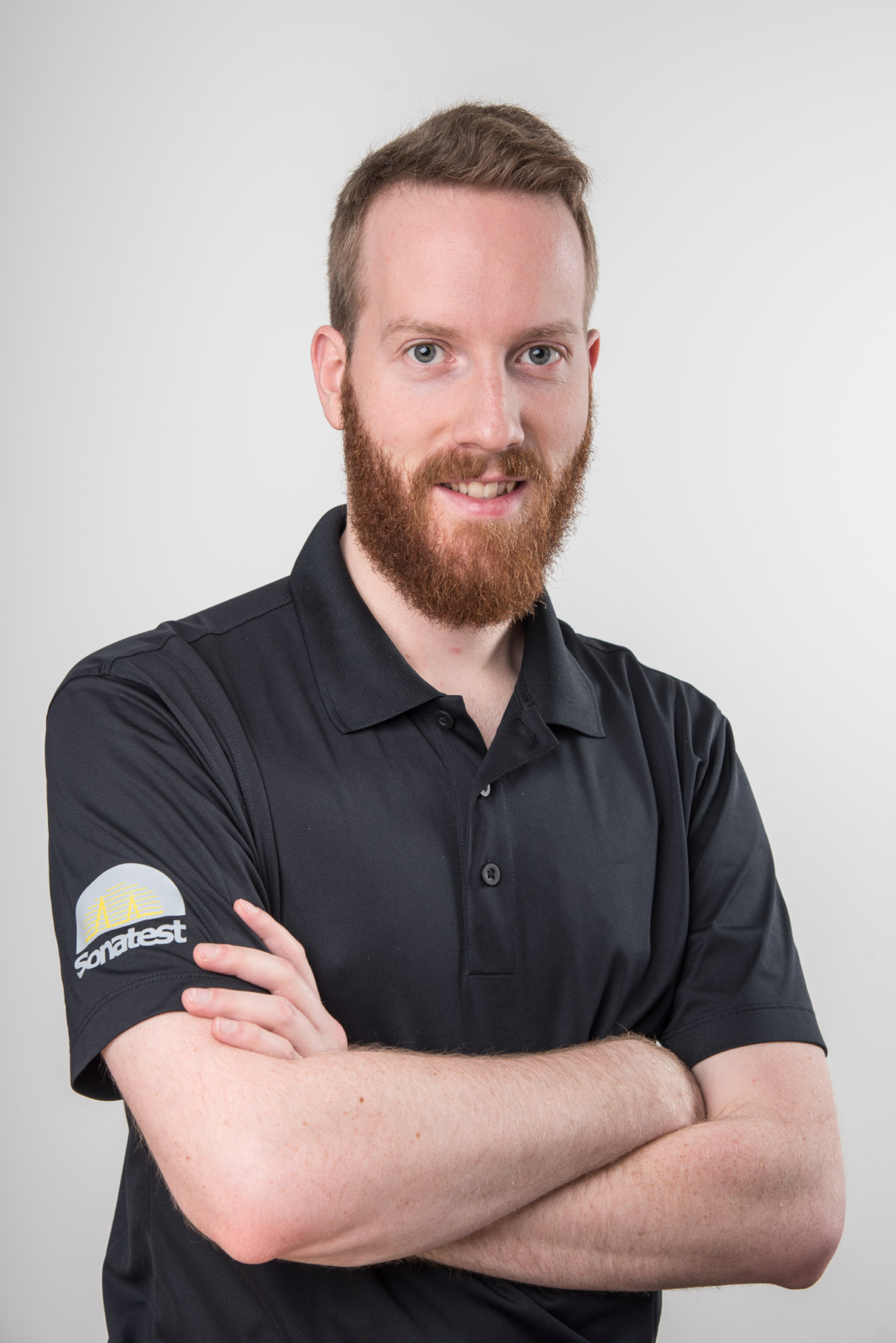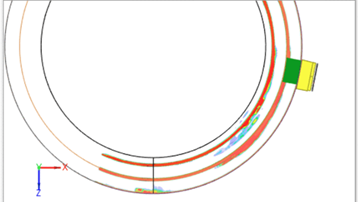Philippe Rioux | SONATEST
25th September 2023
Today, Philippe Rioux from SONATEST shares a few words with us regarding the use of CIVA, and the new compatibiliy between SONATEST files and CIVA Analysis.

What is your role at SONATEST? Can you explain to us what your activities consist in?
We serve advanced technical support to both pre-sales and post-sales activities. We offer feasibility studies and addressing customer challenges. Moreover, we specialize in generating engaging content for conferences and online platforms.
Our secondary role involves active participation in the development of new products. At our Québec City office, we have a track record of creating exceptional products; for example, our recent innovation, the Wave flaw detector. Together, we brainstorm and innovate useful ultrasonic testing tools, pushing the boundaries of technology, such as our initiative to use the A-scan signal into our interactive scan plan.
As we announced to our customers some months ago, CIVA 2023 is now compatible with acquisition files from SONATEST. What convinced you to work with EXTENDE to integrate SONATEST files in CIVA?
CIVA is the most-known software for analysis and simulation. For advanced users who want to solve complex imaging scenarios and segmentation analysis, the software excels in providing valuable insights for PA, TFM and even TFMi™ scans.
Has the compatibility of CIVA analysis with your experimental data had positive consequences on your activities?
Our feasibility reports with complex geometries benefit from an intuitive render. For instance, you can seamlessly import the TFM LL scan, and convert the CIVA file into a full model. That method enables the customer to visualise the scan on the actual part. It may look like this:

In your opinion, what are the strong points of CIVA analysis?
There are many interesting imaging techniques today, and the same acquisition hardware does not necessarily provide all visual and analysis tools to fully maximise the high fidelity TFM view for example. The data quality is then leveraged by PC capabilities. For the most common purposes, inspectors will mainly use the cropping data features to a highly specific region of interest, segmentation and colour contouring so you can easily visualise defects inside the part’s geometry, and providing a 3D result, not as an analysis tool, but more as a reporting content.
In your opinion, what should be improved in CIVA Analysis?
The look and feel are getting older. The interface is strictly mouse operated, the icons and text are small, so it is unsuitable for touchscreen PCs for example.
CIVA is in constant development. In this framework, a new module called CIVA Data Science has been released recently. This new CIVA Data Science module allows you to bring together CIVA simulations, CIVA Analysis, and data management tools to design and validate Machine-Learning based diagnostic models in an NDE environment. Do you believe in AI for NDT application and automatic diagnosis?
For proven applications, to me, it is obvious that automated and continuous inspection without manual analysis will replace human and tedious tasks, but also decrease the number of false calls. Enhancing the quality of data management is undoubtedly one of several avenues to enhance the lives of inspectors. This would enable humans to concentrate on potential defective regions, which typically represent only a fraction of the entire scans.
Has SONATEST also started working on such tools?
We cannot share much about that, but we are working on amazing instrument tools. The Wave is only the beginning.
Lastly, have you heard about TraiNDE UT tools? How useful do you think these innovative products could be for the NDT field?
I believe that this is a fundamental aspect of the learning experience that students should gain during their initial training period. Similar to how teachers once relied on chalkboards and textbooks, we now utilize tablets and interactive boards. If a student can be exposed to conventional UT at his/her fingertips, the transition to the wide field of welds should be more seamless.
